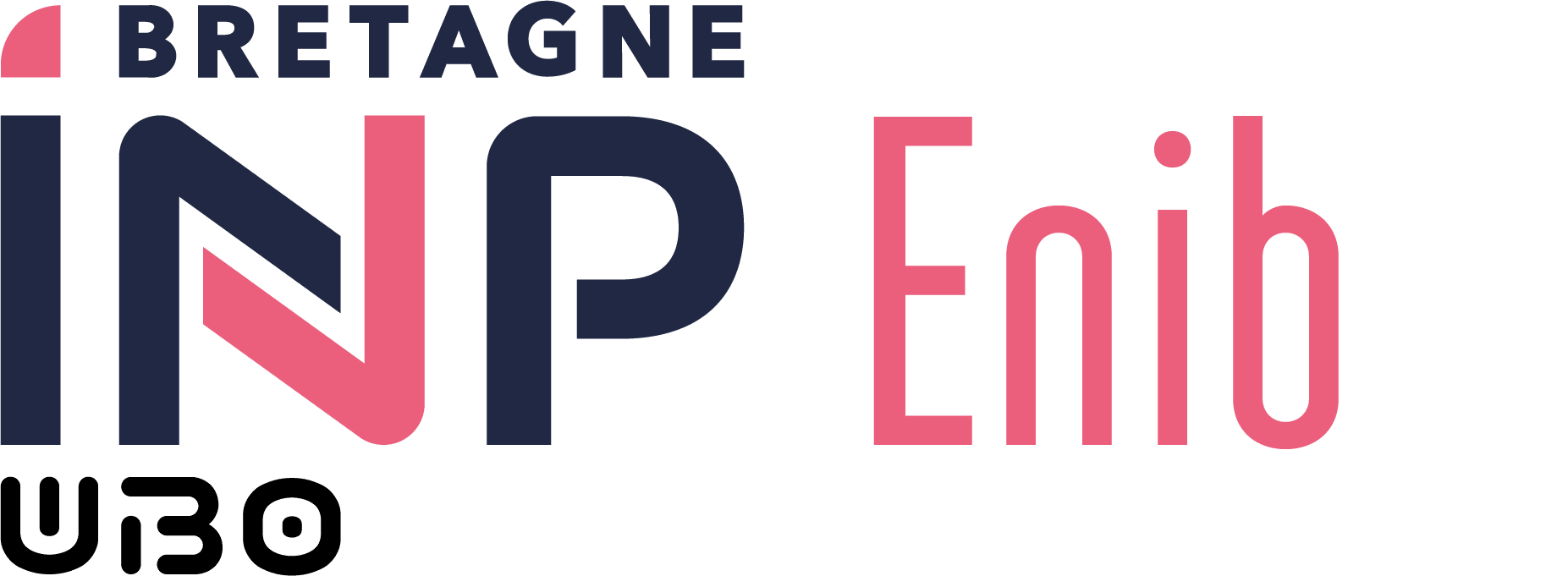Databases (06PODBDD)
- Coefficient : 1.5
- Hourly Volume: 21.0h (including 18.0h supervised)
- Labo : 18h supervised (and 3h unsupervised)
AATs Lists
Description
The programme is structured around four objectives:
1. to understand the mathematical concepts underlying the relational model
- relational logic and calculus
- relational algebra and query trees
2. master the SQL language to :
- describe and structure data (DDL: Data Definition Language)
- manipulate relational data (DML: Data Manipulation Language)
3. know how to formulate a query :
- use relational calculation to represent all the information to be searched for
- by sequencing the relational algebra operations to be implemented
- by representing a query tree
- by writing the corresponding SQL query
4. designing and structuring a database :
- know how to represent a relational data model using the
UML
- master the DDL commands of the SQL language to structure a database
database
Learning Outcomes AAv (AAv)
AAv1 [heures: 9, A1] : At the end of the BDR training, students know how to SPECIFY in a formal manner (relational calculation and algebra, query tree) a query corresponding to a search for information (expressed in French) on a known database.
AAv2 [heures: 16, D1] : At the end of the BDR training, students know how to TRANSLATE into SQL language a search for information (expressed formally) on a known database regardless of the information present in the base.
AAv3 [heures: 16, A1,C1] : At the end of the BDR training, based on needs expressed by a client, students know how to DESIGN in a structured way a relational database satisfying these needs. This design will be based on the formalisms seen in class (Entity-Association, UML).
AAv4 [heures: 9, D1] : At the end of the BDR training, students are able to TRANSLATE a database model into SQL language and exploit it by executing queries corresponding to use cases expressed by a customer.
Assessment methods
Weighted average of two grades:
- a grade for several continuous assessments
- a grade for a project completed during lab sessions
Key Words
relational algebra, UML modelling, relational DBMS, SQL language, SQLite, PostgreSQL
Prerequisites
Mathematical notions of logic and set theory
Resources
- ENIBOOK : http 😕/www.enib.fr/enibook/
- Georges Gardarin : http 😕/georges.gardarin.free.fr
- Claude Chrisment : ”Bases de données relationnelles” (Hermès 2008)
- Laurent Audibert : ”Bases de données : de la modélisation au SQL” (Ellipses 2009)
- Jean-Luc Hainaut : ”Bases de données : concepts, utilisation et développement” (Dunod 2018)
